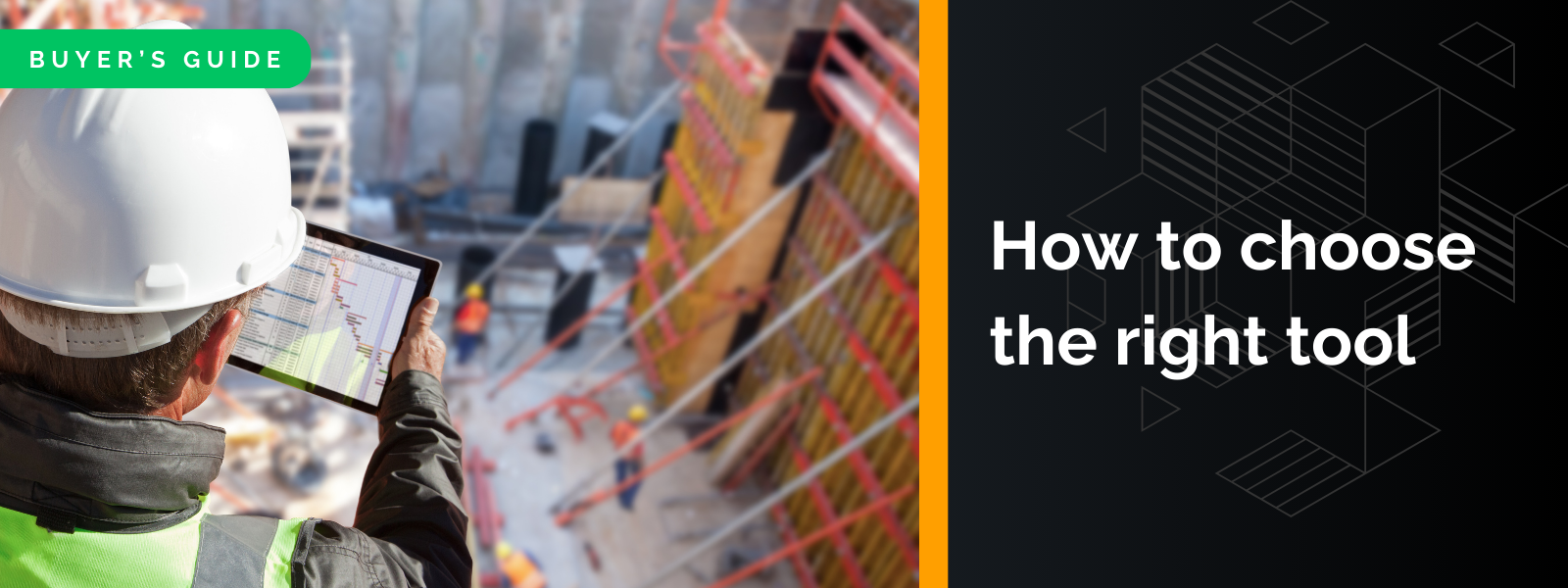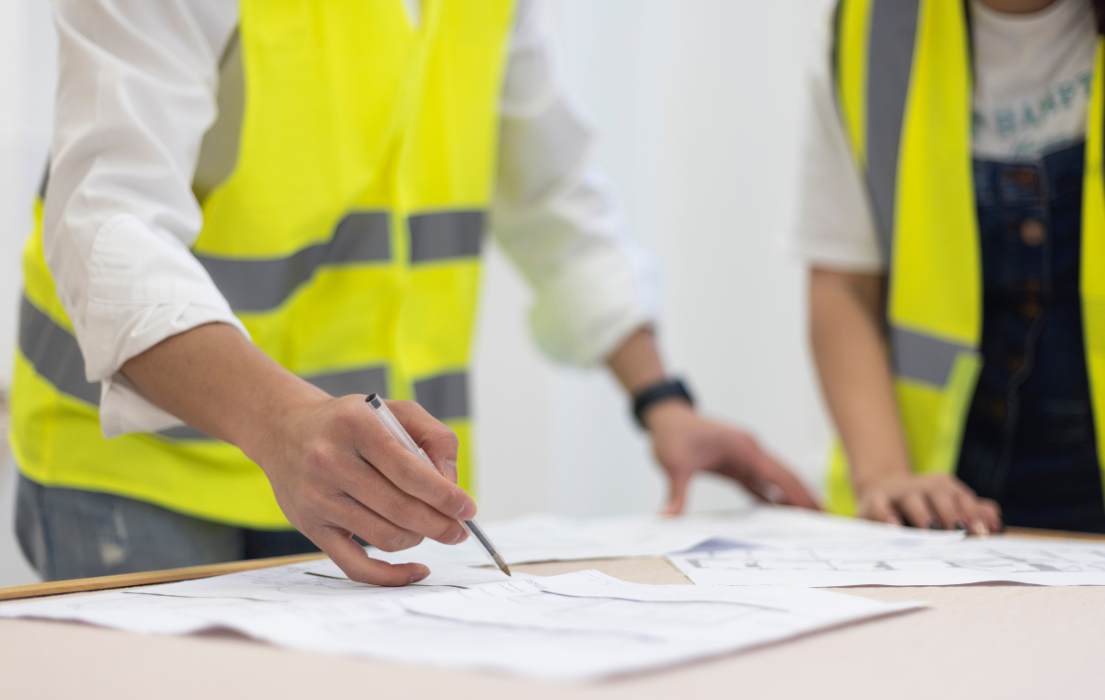As a builder or developer, you’ve likely heard of Building Regulations Part L. With a grace period that ended in June 2023, you will need to be compliant with these regulations to avoid delays and potential fines.
What are Building Regulations Part L?
Building Regulations Part L cover the conservation of fuel and power in the building of new homes and extensions in England. They establish how energy-efficient they should be. On June 15 2022 Part L was updated with the mandate to improve the current minimum standard for carbon emissions by 31% - this was previously just 6%, so the increase is a significant one.
There are four volumes in Part L:
Why are they important?
The adjustments to Part L are viewed as a stepping stone towards the 75–80% reduction in carbon, which will be required as part of the Future Homes Standard in 2025.
The regulations have been introduced to help create greater energy efficiency and savings on energy costs, as well as better environmental sustainability and stronger compliance.
If companies do not adhere to Part L regulations they face possible consequences, which can include stop work orders, fines, legal action and potentially damage to reputation. Despite the changes coming into effect nearly a year ago, there are still construction companies asking what they need to do for Part L, with some even having to place large-scale projects on hold while the proper documentation is gathered. The impact on project timelines and overall costs add to potential headaches in getting things over the line.
Part L key takeaways
Reducing carbon and ensuring energy efficiency over the entire lifespan of a building features significantly as part of the new building regulations in the UK. This can be achieved in several ways, such as maximising airtightness, optimising insulation and eliminating thermal bridging.
Other takeaways to look out for in the Part L changes include:
When does your business need to be Part L compliant?
Now! Part L (volumes 1 and 2) came into effect on 15 June 2022. The grace period also finished on 15 June 2023 for buildings currently still in the planning process. All new homes are now assessed under the SAP10 calculation procedure. As of now, your construction firm must be compliant with Part L, or face delays to projects which can lead to fines and other costs associated with project delays. Fonn has a dedicated solution that supports Part L compliance, without the need for additional tools to bring together the information that you need.
5 Step-Plan: How to stay compliant with Part L
There are several steps you should take to be compliant with Building Regulations Part L:
How Fonn can help with Part L compliance
The Fonn app captures photos of the build and automatically geotags them for the SAP10 assessment. Our system produces a full report in PDF format, capturing all relevant details, dates and time stamps which will make any Part L assessment much easier, while providing full transparency to EPC assessor and end user.
Fonn has developed this feature alongside several well-known building companies. This ensures the platform is compliant and easy to use for the build team.
If you want to find out more about Building Regulations Part L and how to remain compliant, we’ve produced an in-depth guide.









